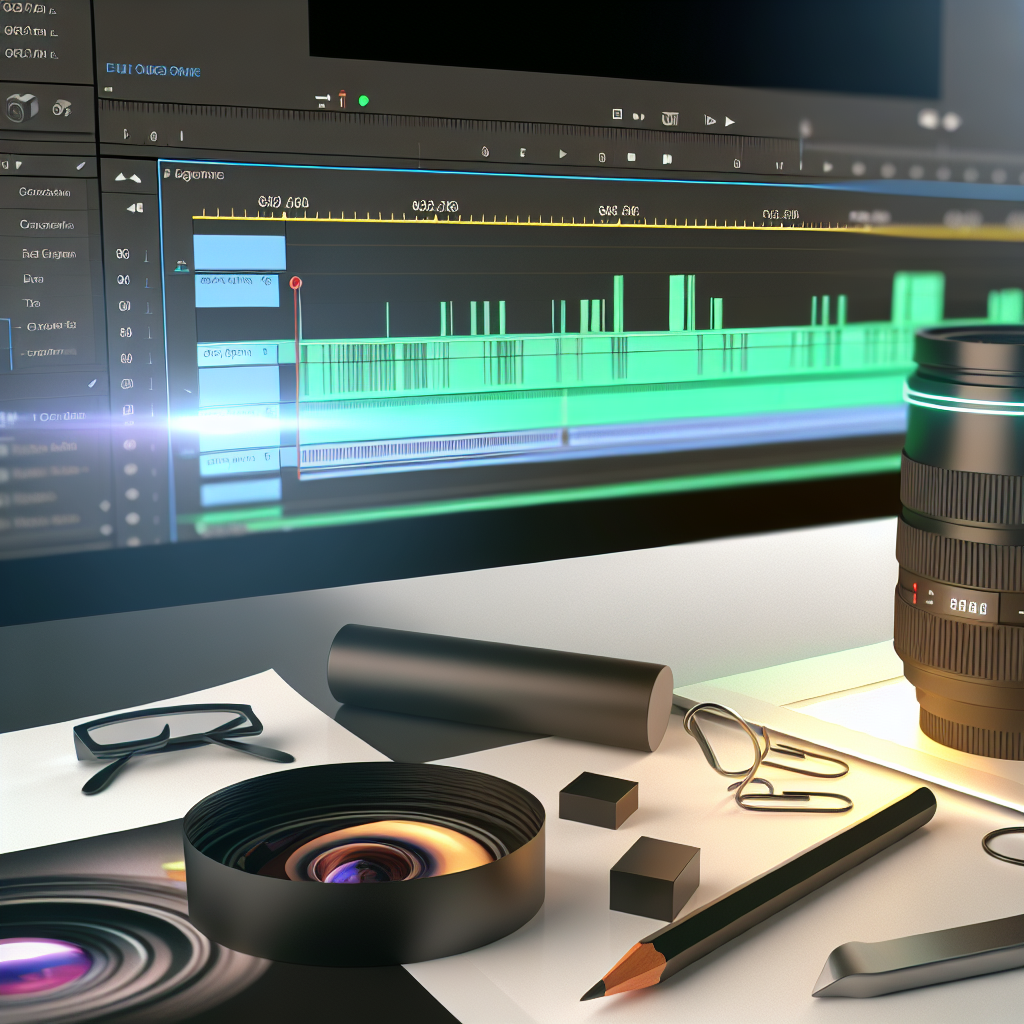Achieving *smooth timeline scrolling* in Adobe Premiere Pro is essential for efficient editing and a seamless workflow. Smooth navigation helps editors focus on fine details without interruptions, improving overall productivity. In this guide, we’ll explore practical techniques to enhance timeline scrolling performance, ensuring your editing experience remains fluid and frustration-free.
Optimizing Premiere Pro Settings for Smooth Scrolling
The first step in achieving smooth timeline scrolling is to optimize your Premiere Pro settings to reduce lag and improve playback responsiveness. Many issues stem from system or software configurations that are not tailored for optimal performance. Below are key adjustments:
- Adjust Playback Resolution: Set the playback resolution to Half or Quarter. This reduces the strain on your system when navigating the timeline.
- Enable GPU Acceleration: Ensure that Mercury Playback Engine GPU Acceleration is enabled in the Project Settings. This offloads processing to your GPU, significantly improving scrolling and rendering speed.
- Increase Memory Allocation: Allocate more RAM to Premiere Pro via Preferences > Memory. More memory allows smoother handling of large projects and timeline navigation.
- Disable Unused Plugins and Effects: Temporarily disable or render effects that are not necessary during timeline review to avoid processing overheads.
Refinements for Achieving Flawless Timeline Navigation
Beyond software settings, physical and project management practices significantly impact timeline fluidity. Implementing these techniques can ensure *consistent smooth scrolling*:
- Maintain a Well-Organized Timeline: Keep your clips well-organized with clear markers and tracks. Excessive clutter can cause delays when scrolling or previewing.
- Use Proxy Files: When working with high-resolution footage, generate proxy files that are less demanding for your system. Switch to proxies during editing for smoother navigation, then revert to full resolution for final export.
- Optimize Hardware: A fast SSD for cache and media storage, along with ample RAM and a dedicated graphics card, drastically improves timeline responsiveness. Regularly update your GPU drivers for optimal performance.
- Adjust Timeline Zoom Level: When scrolling becomes choppy, zoom out the timeline. Fewer details on-screen reduce processing load, resulting in smoother navigation.
Additionally, using keyboard shortcuts like pressing the spacebar to play and pause, or utilizing the J-K-L keys for precise playback control, can make timeline navigation more responsive and efficient. Combining these hardware prompts with software adjustments creates a comprehensive approach to smooth scrolling.
Conclusion
By fine-tuning your Premiere Pro settings and optimizing your hardware setup, you can achieve *smooth timeline scrolling* that enhances your editing efficiency. Adjust playback resolution, enable GPU acceleration, manage your timeline organization, and consider proxies for high-res footage. Implementing these strategies ensures your editing experience is seamless, allowing you to focus on creativity rather than technical hiccups.
